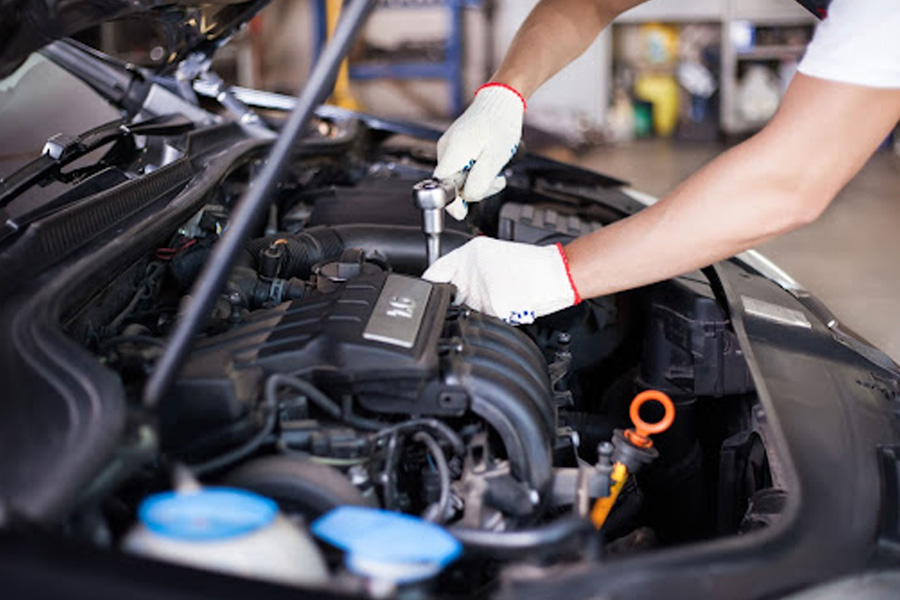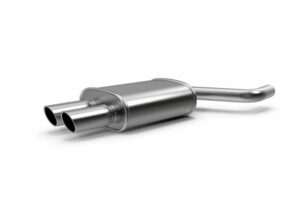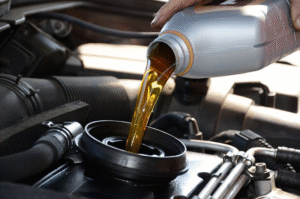How to Check Your Car’s Fluids: A Step-by-Step Guide

Image Source: www.mydriversedge.com
Maintenance is needed to keep car fluids running smoothly. Regular fluid checks and topping off can prevent major issues and save money on repairs. Here’s a step-by-step guide to checking the essential fluids in your vehicle, along with advice on when to contact professional Auto Repair Services in Leander, TX.
Engine Oil
Engine oil reduces friction, cools, and smooths engine parts. Keep your car flat and engine cool. Check oil. Find the dipstick. Brightly colored handle helps find it. Reinstall after a quick wipe down. Remove it again and check the oil level against the dipstick. Use oil between the lowest and highest marks. Low oil level? Add plenty but not too much.
Coolant
Antifreeze keeps the engine from freezing in cold weather. Check the coolant level in the clear tank next to the radiator. Tank levels are marked minimum and maximum. Wait until the engine is cold before open the cap. Fill to the minimum with water-mixed coolant. Never open the radiator cap when the engine is hot to avoid burns.
Transmission Fluid
Transmission Oil is necessary for engine operation. Check it with your car in park or neutral. Position the transmission dipstick like the oil dipstick. Clean, reinstall, and level. The dipstick should show safe fluid levels. The liquid should smell pleasant and be crimson. Black or burned-smelling may require changing. Use your owner’s handbook for details. Some cars have sealed gearboxes only professionals can fix.
Brake Fluid
Brake performance depends on fluid. Brake fluid is normally stored near the engine bay on the driver’s side. The reservoir is usually clear, so you can see oil. Simply place the line between minimum and maximum. Put the right low brake fluid in. See a professional if you’re continually adding brake fluid because it may signal a leak or damaged brake pads.
Power Steering Fluid
Fuelling your power steering simplifies driving. Power steering fluid tanks are frequently marked on the steering wheel. Open the cap and check the reservoir level using the dipstick or markings. Increase juice if low. The power steering fluid level lowering quickly may signal a leak that needs professional repair.
When to Contact a Professional
Fluid changes and monitoring are easy, but you may require more details. Call a repairman for leaks, odors, or fluid color changes. Maintenance and professional inspections can spot and fix problems early. Safer and smoother driving requires optimal car fluid levels.
Conclusion
Filling essential car fluids is simple yet important. It keeps your car operating smoothly and prevents problems. Many of these tests may be done yourself, but consult a pro if you discover fluid leaks or other issues. Effective fluid maintenance increases automotive life, enhances performance, and makes driving safer. These minor changes may increase your car’s life and reliability.




